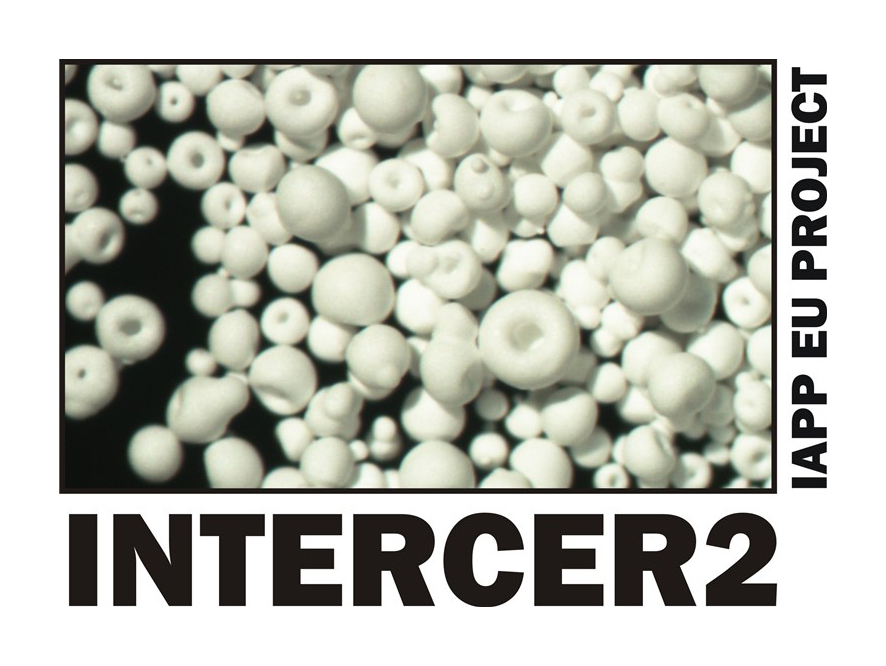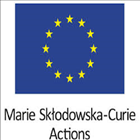
| Modelling and optimal design of ceramic structures with defects and imperfect interfaces | |
|---|---|
| Research Area | FP7-PEOPLE-2011-IAPP Marie Curie Action:'Industry-Academia Partnerships and Pathways' |
| Project Reference | PIAP-GA-2011-286110-INTERCER2 |
| Coordinator | Professor Massimiliano GEI (from April 2014; former coordinatior Professor Davide BIGONI) |
| Project Funding | 2398292 EURO |
| Project Web-page | http://intercer2.unitn.it/ |
| AU Leader | Professor Gennady S. Mishuris |
| Contract Type | Industry-Academia Partnerships and Pathways (IAPP) |
| Start Date | 2011-10-01 |
| Duration | 48 months |
| Project Description | Ceramic industry is broadly developed in Europe and the current investment is estimated at 26 billion. With its 9,2 billion segment, Italy is a leader country in the production of traditional ceramics, while France, UK and Germany are driving countries for advanced ceramics, growing at 21% per year. Advanced ceramics are crucial for new technologies and nano-tech applications addressed to thermo-mechanical and bio-medical applications, while traditional ceramics have a worldwide market and have been suggested as materials minimizing the impact on the environment (when compared to other finishing materials). It may seem surprising that the strong industrial production of ceramic components is still based on empirically engineered processes, often poorly understood and difficult to control (Ewsuk, 1997). Consequently, there is a relatively large production of rejects and still broad margins for further process optimization. To this purpose, in-depth scientific understanding of the production processing is required, in order to reduce costs of ceramic component design and manufacturing and to produce ceramic components more reproducibly with improved performance and reliability. In particular, forming by powder compaction, binder burnout and sintering are the most sensible processes (Reed, 1995; Rahaman, 2006). The main aim of the research project is to develop novel advanced ceramic products in close collaboration between academic and industrial partners which will be directly oriented to industrial and social needs. The goal will be achieved by (i) improvement of the powder compaction and ceramic production process; (ii) development of novel advanced ceramic multifunctional materials and structures. |
Contact Details
Institute of Mathematics and PhysicsAberystwyth University
Physical Sciences Building
Aberystwyth
Ceredigion
SY23 3BZ
Tel: 01970 622 808 Fax: 01970 622 826 Email: imaps@aber.ac.uk
